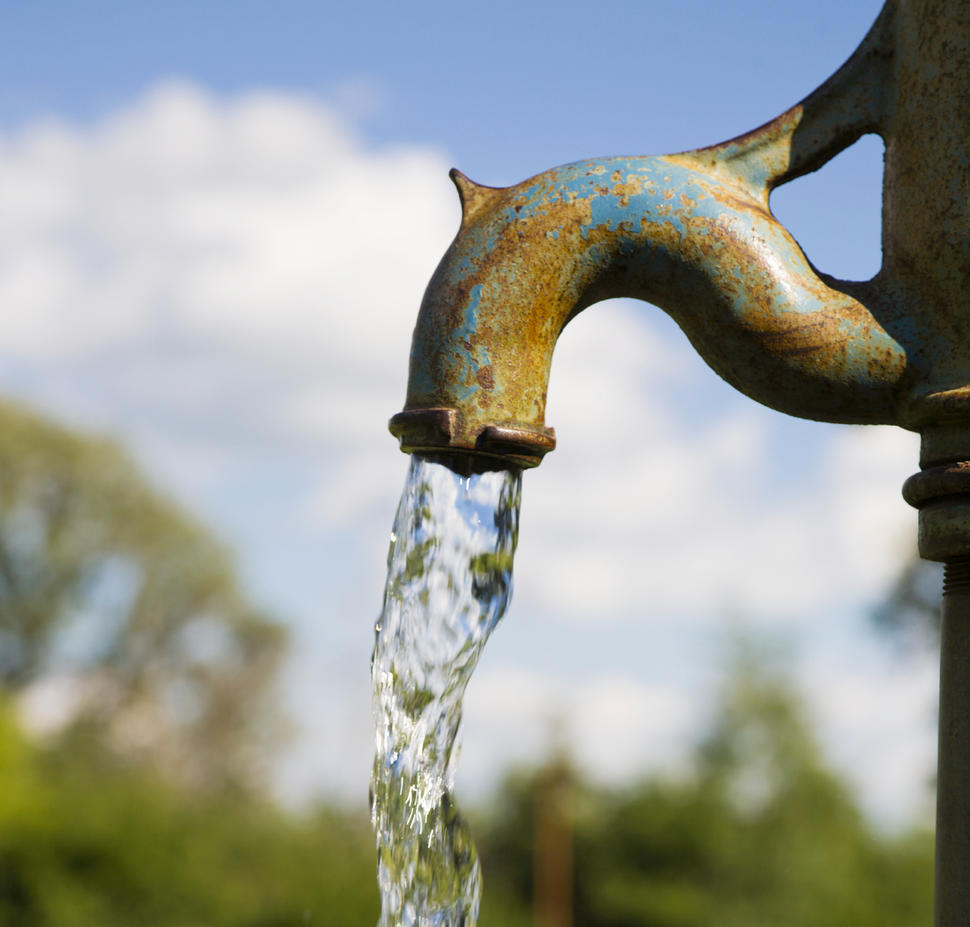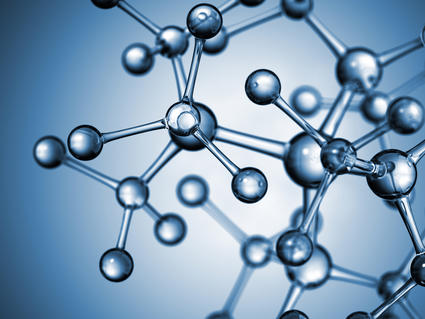Contaminants in Drinking Water
Over the years, DCEG research on the association between contaminants in drinking water and cancer has made a significant impact on drinking water regulation.
Fluoride
A DCEG study found no evidence that fluoride in drinking water poses an elevated risk of cancer, as had been suggested by some previous reports. This finding was confirmed by expert panels convened in the United States, the United Kingdom, and other countries, providing further confidence in the safety of water fluoridation (Hoover et al., 1976).
Arsenic
Consuming water with high levels of arsenic in drinking water is known to increase risk of bladder cancer. In 2016, the New England Bladder Cancer Study, led by DCEG investigators, used data from Maine, New Hampshire, and Vermont, where an elevated risk of bladder cancer has been observed for over 50 years, to determine that even low-to-moderate levels of arsenic in drinking water were associated with increased risk of bladder cancer (Baris et al., 2016). Additionally, consuming water from private wells, particularly dug wells established when arsenic-based pesticides were widely used, was associated with increased bladder cancer risk and may have contributed to the excess of risk of bladder cancer in these states.
Disinfection Byproducts
Water suppliers often add disinfectants to drinking water to eliminate disease-causing organisms, or pathogens. These disinfectants react with naturally occurring organic material in the water to form disinfection byproducts, which may pose health risks. The Environmental Protection Agency lowered the maximum allowable levels for two groups of disinfection byproducts, trihalomethanes and haloacetic acids, in drinking water, after a DCEG study linked them to elevated bladder cancer risk (Cantor et al., 1987). In recent years, DCEG has investigated gene-environment interactions, identifying genetic variants strongly associated with risk of bladder cancer with higher exposure to trihalomethanes (Beane Freeman et al., 2022).
Nitrate
DCEG research on drinking water and dietary nitrate contributed to the 2010 International Agency for Research on Cancer (IARC) Monograph Program review of ingested nitrate and nitrite and cyanobacterial peptides (Ward et al., 1996, 2007; DeRoos et al., 2003). Ingested nitrate and nitrite were determined to be probably carcinogenic to humans (Group 2A). In recent years, DCEG has investigated nitrate exposure through drinking water and diet in relation to risk of cancers of the thyroid (Ward et al., 2010), ovary (Inoue-Choi et al., 2015), uterus (Medgyesi et al., 2022), bladder (Jones et al., 2016; Barry et al., 2020), kidney (Jones et al., 2017), colorectal (Jones et al., 2019), and upper gastrointestinal cancers (Buller et al., 2021).
Per- and Polyfluoroalkyl Substances (PFAS)
Per- and polyfluoroalkyl substances (PFAS) are a diverse class of environmentally persistent chemical pollutants. One of the major sources of exposures is drinking water. DCEG research on identifying cancer-types associated with PFAS informed the evaluation of the carcinogenicity of two PFAS by the IARC Monograph Program (Shearer et al., 2020; Purdue et al., 2023; Rhee et al., 2023). Perfluorooctanoic acid (PFOA), the most well-studied PFAS, was first classified in 2014 as a possible human carcinogen (Group 2B), and in 2023, the working group upgraded PFOA to a human carcinogen (Group 1). The working group classified perfluorooctanesulfonic acid (PFOS) for the first time in 2023 as a possible human carcinogen (Group 2B).
Citations
Hoover RN et al. Fluoridated drinking water and the occurrence of cancer. J Natl Cancer Inst. 1976.
Cantor KP et al. Bladder cancer, drinking water source, and tap water consumption: A case-control study. J Natl Cancer Inst. 1987.
Ward MH et al. Drinking water nitrate and risk of non-Hodgkin's lymphoma. Epidemiology. 1996.
De Roos A et al. Nitrate in public water supplies and risk of colon and rectum cancers. Epidemiology. 2003.
Ward MH et al. Nitrate in public water supplies and risk of renal cell carcinoma. Cancer Causes Control. 2007.
Ward MH et al. Nitrate intake and the risk of thyroid cancer and thyroid disease. Epidemiology. 2010.
Inoue-Choi M et al. Nitrate and nitrite ingestion and risk of ovarian cancer among postmenopausal women in Iowa. Int J Cancer. 2015.
Baris D et al. Elevated bladder cancer in northern New England: The role of drinking water and arsenic. J Natl Cancer Inst. 2016.
Jones RR et al. Nitrate from Drinking Water and Diet and Bladder Cancer Among Postmenopausal Women in Iowa. Environ Health Perspect. 2016.
Jones RR et al. Ingested Nitrate, Disinfection By-products, and Kidney Cancer Risk in Older Women. Epidemiology. 2017.
Jones RR et al. Ingested nitrate, disinfection by-products, and risk of colon and rectal cancers in the Iowa Women's Health Study cohort. Environ Int. 2019.
Barry KH et al. Ingested Nitrate and Nitrite and Bladder Cancer in Northern New England. Epidemiology. 2020.
Buller ID et al. Ingestion of Nitrate and Nitrite and Risk of Stomach and Other Digestive System Cancers in the Iowa Women's Health Study. Int J Environ Res Public Health. 2021.
Shearer J et al. Serum concentrations of per- and polyfluoroalkyl substances and risk of renal cell carcinoma. J Natl Cancer Inst. 2021.
Beane Freeman L et al. Disinfection By-Products in Drinking Water and Bladder Cancer: Evaluation of Risk Modification by Common Genetic Polymorphisms in Two Case–Control Studies. Environ Health Perspect. 2022.
Medgyesi DN et al. Drinking Water Disinfection Byproducts, Ingested Nitrate, and Risk of Endometrial Cancer in Postmenopausal Women. Environ Health Perspect. 2022.
Purdue MP et al. A nested case–control study of serum per- and polyfluoroalkyl substances and testicular germ cell tumors among U.S. Air Force servicemen. Environ Health Perspect. 2023.
Rhee J*, Chang VC* et al. Serum concentrations of per- and polyfluoroalkyl substances and risk of renal cell carcinoma in the Multiethnic Cohort Study. Environ Int. 2023.


